
2019 was certainly a busy year for product releases. Here at Newsshooter, we get to report on, see, and review countless products every year.
So what are our favorite products of 2019? Well, Erik and Matt have assembled a list of what most impressed them during 2019. Their picks are personal choices based on what gear is relevant and useful for the type of work they do.
We would also love to hear from our readers as to what their favorite products of 2019 were. Feel free to tell us in the comments section what your personal favorites were.
To make the selections a little more streamlined we have broken some categories down into price.
Now, the criteria for these selections was as simple as following one rule:
- The product had to be available to purchase for the first time in 2019
Erik and Matt have both picked a winner and one or two honorable mentions. Just be crystal clear these selections are personal choices otherwise they may have still be debating (or arguing!) over the winner of each category.
The categories are:
- Favorite Camera (under $5,000 USD)
- Favorite Camera ($5,000- $20,000 USD)
- Favorite Camera (over $20,000 USD)
- Favorite Light (under $1,000 USD)
- Favorite Light (over $1,000 USD)
- Favorite Camera Accessory
- Favorite Camera Support Device
- Favorite Accessory
- Favorite Audio Product
- Favorite Lens (under $2,500 USD)
- Favorite Lens (over $2,500 USD)*
- Favorite Software
- Favorite Filmmaking App
* This can include lens sets
Favorite Camera (under $5,000 USD)
MATT’S PICK: Panasonic S1H
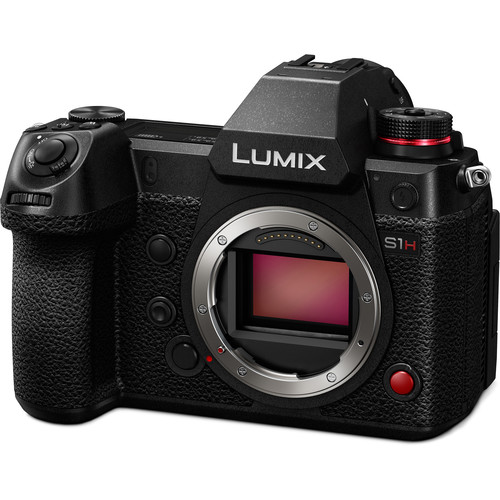
This is always a very hard category to pick a winner and I debated my choice for quite some time. In the end, I settled for the Panasonic S1H. For me, this is the first small mirrorless camera that I would happily use without needing to add anything to it. It doesn’t need an external recorder or a monitor. You can pick this camera up and just go and shoot with it.
The usability of the S1H is for me, its biggest drawcard. Is it the perfect camera, god no! Like any camera, it has its flaws and weaknesses, but in my opinion, it’s the best all-around full-frame mirrorless camera available today.
MATT’S HONORABLE MENTIONS: Blackmagic BMPCC 6K/ Apple iPhone 11 Pro Max
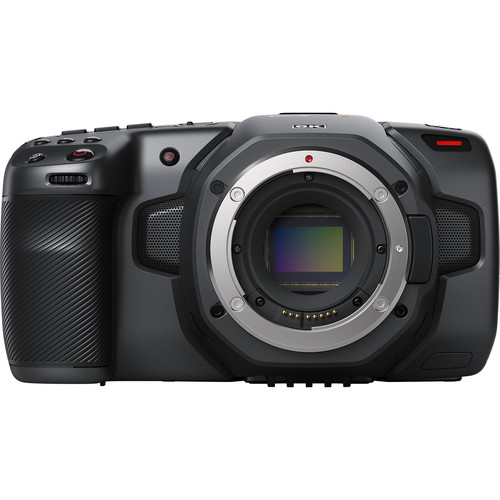
The BMPCC 6K is a camera I have a love/hate relationship with. The menu system is great, the images are really nice, but the ergonomics and usability out of the box are horrible. Yes, you have to spend more money to get a workable camera, but a lot of people buying this camera will likely already own some of the items needed.
Still, the fact that you can get a 6K camera for under $2,500 that can record RAW internally and comes with a full version of DaVinci Resolve is something that can’t be overlooked.
The iPhone 11 Pro Max might seem like a strange choice (especially coming from me), but as they say, the best camera is the one that you have with you. With good image quality and the ability to use apps such as FilmicPro or Mavis, the iPhone 11 Pro Max is a great option for when you just need to capture something or get a few pick up shots. We all carry a phone around with us, so having something that is always on hand that is capable enough in the right conditions makes this an honorable mention for me.
ERIK’S PICK: Panasonic S1H
What Panasonic has done with the S1H is impressive. This coming from a company that is all-in with MFT sensor cameras and has dominated it with the GH5 and the former versions in the series.
The S1H is an aggressive full-frame disrupter as was the Sony a7 cameras were. Where is that a7s III everybody wants to see? I don’t doubt the S1H has something to do with the delay. At $4000 US it’s an expensive camera but no other hybrid camera stands to equal it.
I prefer a cinema or video camera over a hybrid, however, the market for these cameras is popular and users are asking for more advanced video options and autofocus performance at a price way under a dedicated video camera. Panasonic shows they are all about giving you what you want in a hybrid. The GH5 was the camera to offer more video features than any other hybrid, It’s no surprise they are keeping it going with the new S1H camera. Now they have to figure out what the EV1 MKII will be in this new full-frame market place.
ERIK’S HONORABLE MENTION: Blackmagic Pocket 6K
I had a short try with the Pocket 6K and like the Pocket 4K, it performs very well. The camera still has its issues like no EVF and the screen is hard to use it the sun however the image that the camera makes is very good at a highly competitive price.
I love a camera with good codecs and the Pocket 6K has Prores and Blackmagic Designs Braw. Impressive for a camera that only costs $2,495. I do wish 4K options in Braw were available but at this price, you have to live with little limitations.
Favorite Camera ($5,000- $20,000 USD)
MATT’S PICK: Canon C500 Mark II
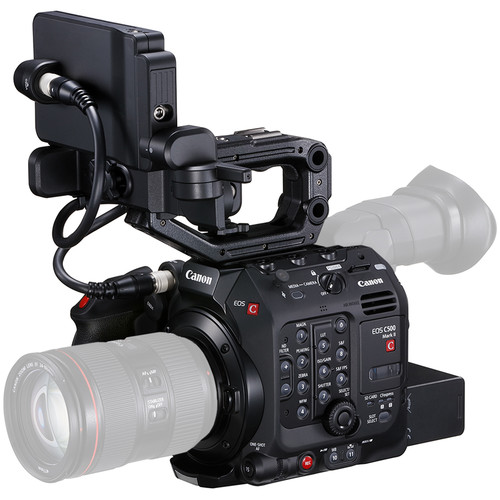
I haven’t always been the biggest fan of what Canon has been doing recently, but the C500 Mark II looks to be a step in the right direction for the Japanese company.
The C500 Mark II essentially offers 95% of what you get with the C700 FF for a lot less money. 6K full-frame capture, built-in ND filters, great AF, and the ability to get nice images without having to tinker too much. While I’m not personally a fan of the ergonomics of Canon cameras, I think the C500 Mark II is Canon’s best release since the original C300.
MATT’S HONORABLE MENTIONS: Sony FX9/ Kinefinity MAVO LF
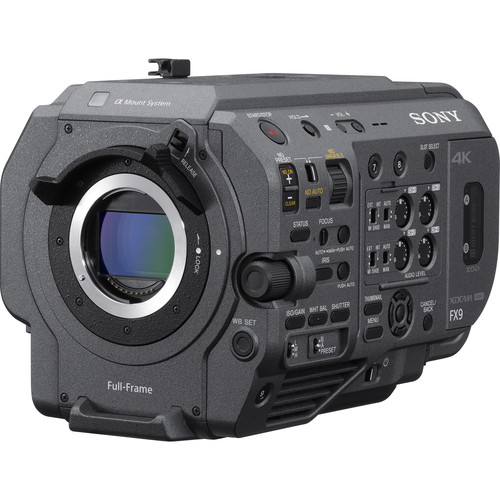
The Sony FX9 gave users of the FS7/FS7MK2 what they wanted, a full-frame version of the camera they already have. While it doesn’t have a lot of the catchy specifications of the C500 Mark II, it is still going to sell well. The FS7 and FS7MK2 have both become industry workhorses at the bread and butter level.
If it ain’t broke, don’t fix it. Sony took a winning formula and tried not to tinker with it too much. While I still think there are lots of things that could have been improved, the FX9 gets you a camera that fills the gap between an FS7MK2 and a VENICE, for under $10,000 USD.
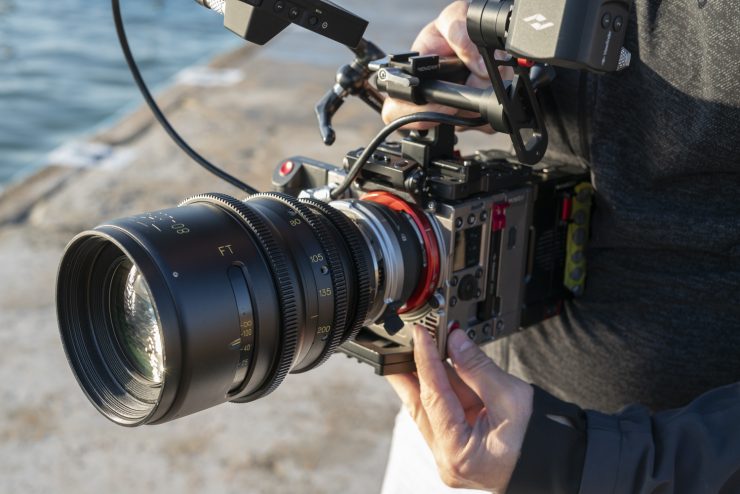
The Kinefinity MAVO LF is another camera that I have a love/hate relationship with. The camera produces wonderful imagery, it has lots of great features, tons of recording and frame rate options, but it needs some refinement. With the FX9 and C500 Mark II entering the mid-tier full-frame race, Kinefinity faces immense pressure.
ERIK’S PICK: Canon C500 MKII
Canon is known for being conservative with specifications, and the full-frame C500 MKII breaks the mold. It’s great to see Canon pushing and innovating. The C500 MKII being somewhat modular makes the camera very interesting. It will also give you the options you want as opposed to paying for ones you don’t. I like the user swappable mount and the new LCD design a lot. Also having audio inputs on the body is a huge improvement over the C300 MKII.
I’ve been using Cinema EOS cameras since the C100 days and the color is what keeps me coming back. The C500 MKII will most likely be a winner as well however since it’s not shipping yet I will have to wait before I can fully judge.
ERIK’S HONORABLE MENTION: Z Cam E2 F8
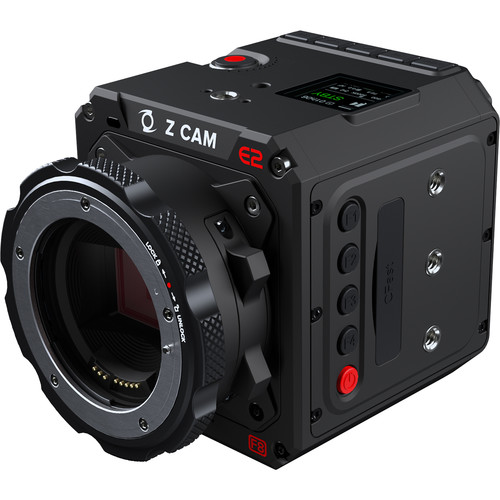
I really wanted the Z Cam E2 F8 in the under $5000 section but at $5995 it had to play with the bigger boys. Still, this camera is a real bargain for a full-frame sensor cinema camera with Arri like color.
The E2 is an easy camera to use once you get it set up with either a monitor or EVF and a cage of some sort. The ProRes options and now Z Cam Raw makes life in post so much easier. Long Gop and Intra codecs do look good but with some older computers, you are forced to transcode for editing. ProRes capture is nice!
The new Full Frame E2 F8 sticks with the brain design but with many upgrades. The removable mount with an electronic ND filter is such a great idea to implement into the lens mount making shooting outside so much easier.
Plus it has a full-frame sensor. That could be a plus or a minus depending on the lenses you already have.
Favorite Camera (over $20,000 USD)
MATT’S PICK: ARRI ALEXA MINI LF
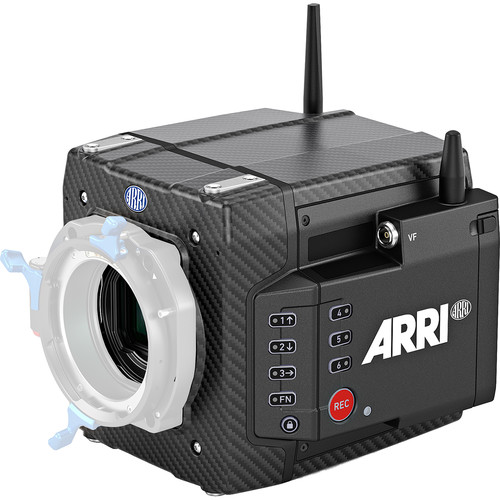
Just like what Sony did with the FX9, ARRI did with the ALEXA MINI LF. Give the customer what they want. The ALEXA MINI was a runaway success for ARRI, so it was only natural that they were going to make an LF version.
A lot of ARRI users were frustrated that they couldn’t use their camera of choice for Netflix, but now the LF solves that problem. ARRI improved on the design of the original ALEXA MINI and the camera is already heavily back-ordered.
ERIK’S PICK: ARRI ALEXA MINI LF
This one is easy. Take the most popular digital cinema camera the ARRI Alexa and make it mini with a large sensor. Bam! The ARRI Alexa LF is an amazing engineering feat. Back in 2018, at BVE I spoke to Michael Jonas, ARRI’s Alexa Mini product manager about the possibility and he said at the time it just wasn’t possible. Leave it to ARRI to figure out how to put the large power hungry sensor into a small body.
MATT’S HONORABLE MENTIONS: RED RANGER GEMINI
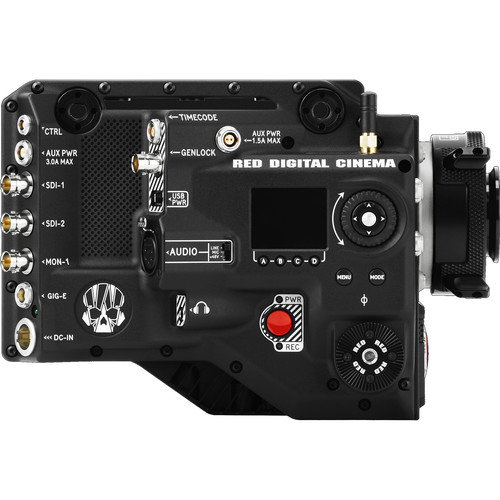
RED RANGER with GEMINI 5K S35 Sensor is a 5K solution for rental house and high-end production use, as well as for individual users. Built around the GEMINI 5K S35 15.4MP CMOS sensor, the kit features a shimmed PL mount, a V-mount battery plate, integrated I/O ports including 12 and 24V output, additional SDI and AUX power outputs, built-in 5-pin XLR audio input, and improved fan and thermal performance.
Favorite Light (under $1,000 USD)
MATT’S PICK: Pilotfly ATOMCUBE RX1
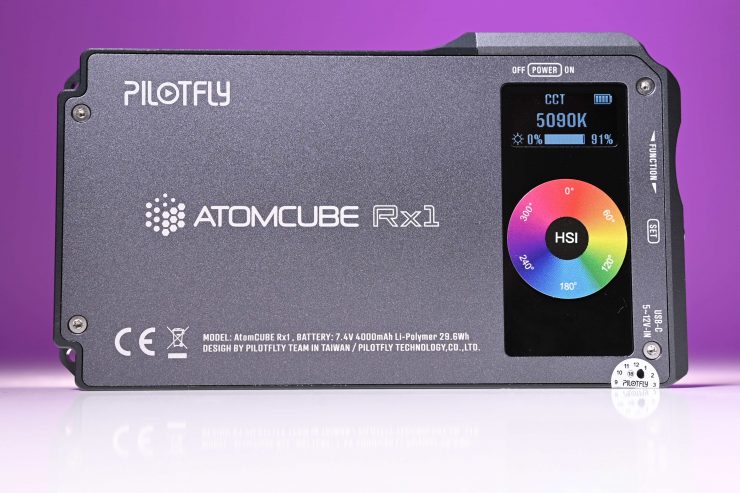
The Pilotfly ATOMCUBE RX1 RGBCW, is a small, compact light that uses Bluetooth Mesh so that you can link and control multiple fixtures at the same time.
The ATOMCUBE RX1 is an RGBCW fixture that is Kelvin color adjustable from 2500K to 8500K. It also has built-in special effects and everything can be controlled via an Android or iOS app.
This is a great little light. It is well made, color-accurate, and it has quite a lot of output for a small fixture. I use these lights all the time.
MATT’S HONORABLE MENTIONS: Astera Titan Tube
The Astera Titan Tube is a versatile and useful light. With an inbuilt battery that can last for up to 20 hours and a dedicated app for control, it is a very easy light to use.
ERIK’S PICK: Aputure MC
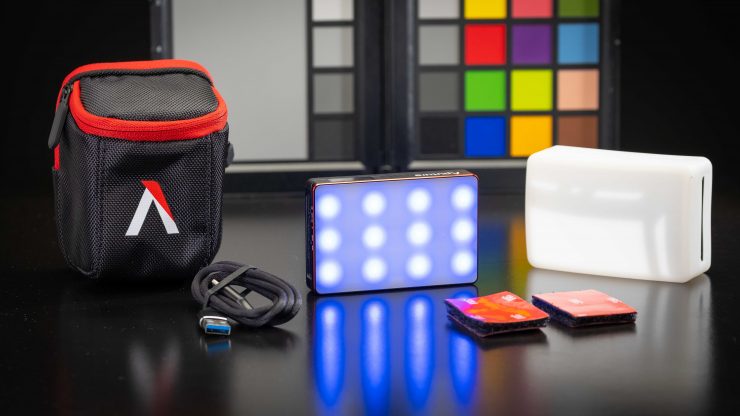
The small MC or Multicolor LED light is the first RGB fixture to be released from Aputure. It was first introduced at NAB 2019 alongside Aputure’s new Sidus Link app. The two combined opens up a lot of control for not only the MC but for all Aputure fixtures going forward. The MC packs a little jab for such a small light and has a few interesting features that I can see will come in handy for specific applications.
One thing worth mentioning is Aputure has put a lot of work into Sidus Link and Mesh technology. The tech is fully integrated into the small MC LED and I think this is a good example of what we are going to see in the future with RGB and lighting control from Aputure.
Favorite Light (over $1,000 USD)
MATT’S PICK: Lupo Superpanel Dual Color 60
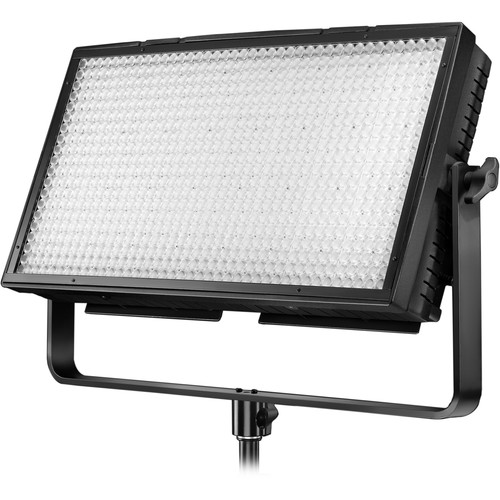
I love the Lupo Superpanel Dual Color 60. It is perfect for a lot of the work that I do. It has a ridiculously high output so it can be used to create both hard and soft light. It’s well made, simple to use, and easy to set up.
Being able to output almost 70,000 lx at a distance of 1m from a 2×1 panel light is unheard of. The light can also output 44,700 lx When run off camera batteries. For $1,790 USD this light offers very good bang for your buck.
MATT’S HONORABLE MENTIONS: Intellytech MEGA-LiteCloth | 3’x4.5′ Foldable LED Mat Kit/ Rotolight Titan X2
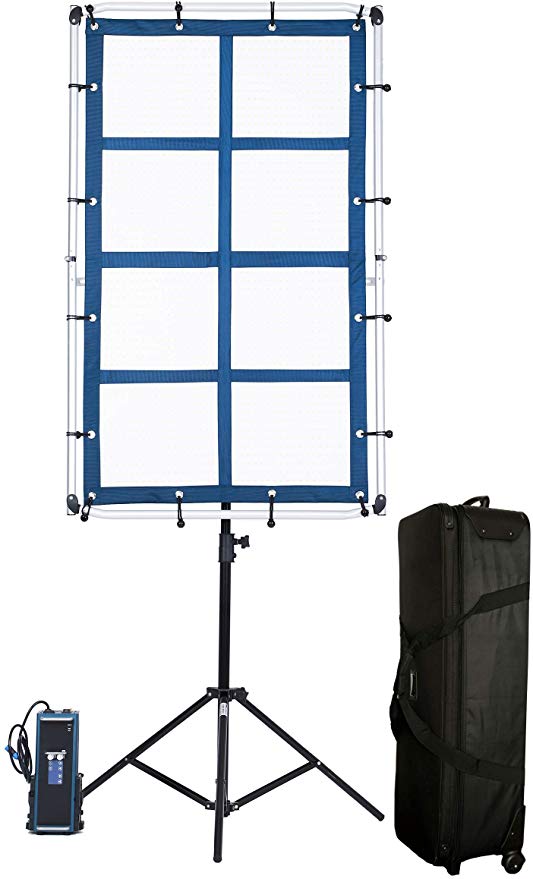
The Intellytech MEGA-LiteCloth 3’x4.5′ Foldable LED Mat is an impressive light. If you need to create a large, diffused lighting source, and you need something that is lightweight and versatile, this is hard to beat for under $2,000 USD.
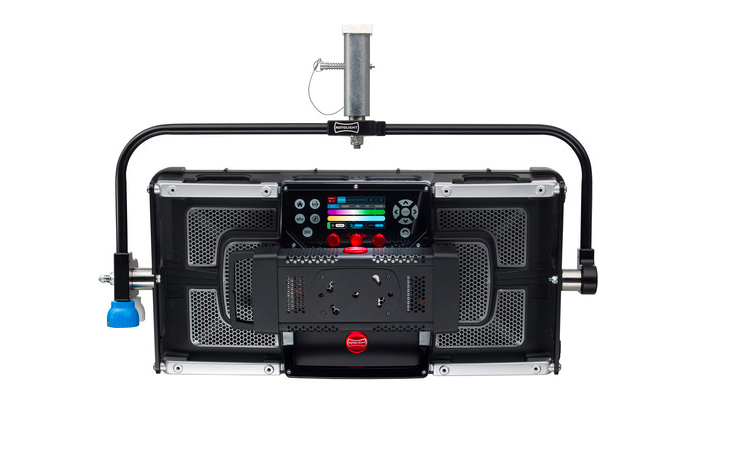
The Rotolight Titan X2 is the companies first foray into RGB. The Titan packs a ton of features and it has a good output.
ERIK’S PICK: Aputure 300d II
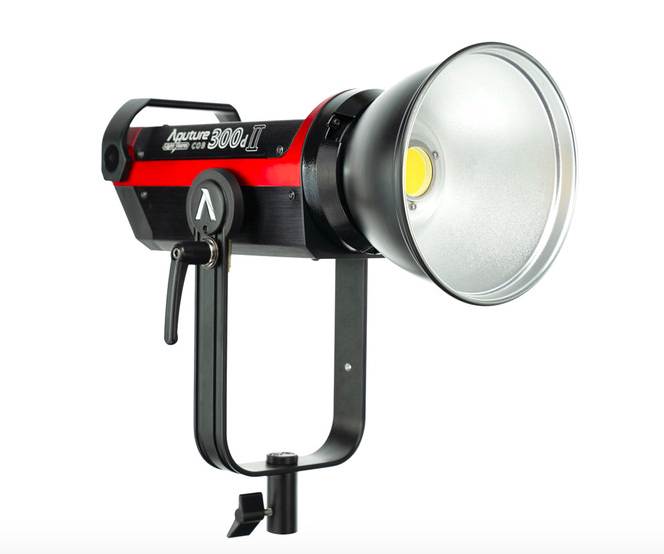
Aputure is a company that listens to its user base to make their lights better. The 300d II is an excellent example. The new integrated ballast and controller is a huge improvement over the first version. Not having two separate pieces makes using the punchy light so much better plus the updated version 2 is also brighter and has an improved build. Mounting the controller is also better with the included clamp. I would love to see the 200d II also get this all in one ballast/controller too. Also, let’s not forget the 600d that is coming.
Favorite Camera Accessory
MATT’S PICK: SmallHD Cine 7 500 TX Monitor
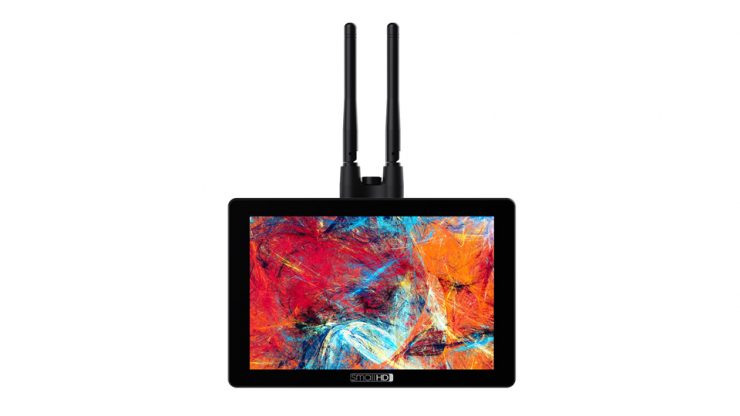
I’m very fussy when it comes to monitors. The SmallHD Cine 7 is a product I use all the time. It has a great picture, enough brightness to use outdoors and it has a built-in Teradek Bolt TX unit and ARRI camera control.
I love devices that can do more than one function well, and the Cine 7 TX certainly does that.
MATT’S HONORABLE MENTIONS: Tilta Nucleus Nano/ FXLION NANO ONE
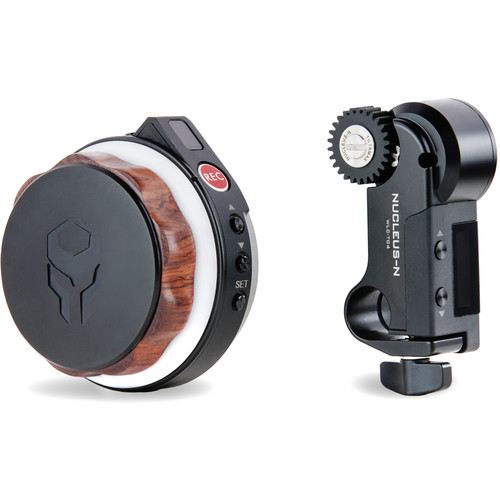
The Tilta Nucleus Nano is a very affordable priced wireless follow focus system that can be used on a variety of camera and lens packages.
While it isn’t perfect, Tilta has made a wireless follow focus that still manages to offer decent performance at a price that is affordable for most shooters.
The FXLion Nano One is a tiny 50Wh V-mount battery that weighs only 310g (10.9oz).
The 14.8V battery features D-Tap, USB-A, Micro USB, and USB-C ports and a handy display that shows remaining power.
The Nano One is a really useful addition to your bag – you could use these to power everything from your lights to your computer. And as well as their small size, if you’re on location there’s no need to take a bulky V-mount charger with you.
ERIK’S PICK: CORE SWX NANO-C98
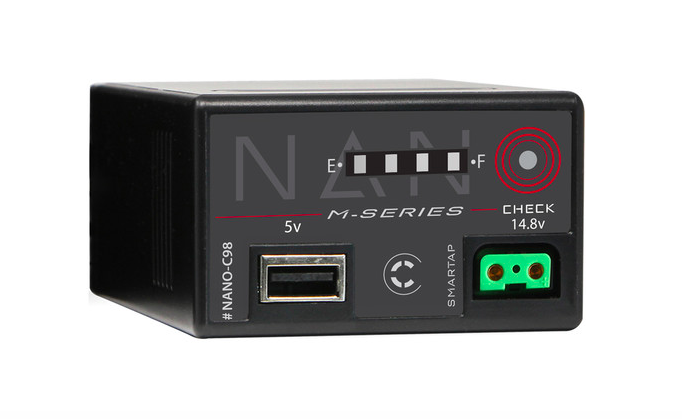
What, a battery? Well, yes! The NANO-C98 is the only 3rd party battery for the cinema EOS cameras that work just like the OEM Canon model. It even can be charged with the Canon charger. The added USB and D-Tap outputs give you the option to power other devices with one battery making your set up a little bit lighter.
Batteries are not sexy or inexpensive, but a necessity in our business and the Core SWX NANO-C98 is an excellent option at approximately half the price of the Canon OEM model.
ERIK’S HONORABLE MENTION: HOLLYLAND MARS 300
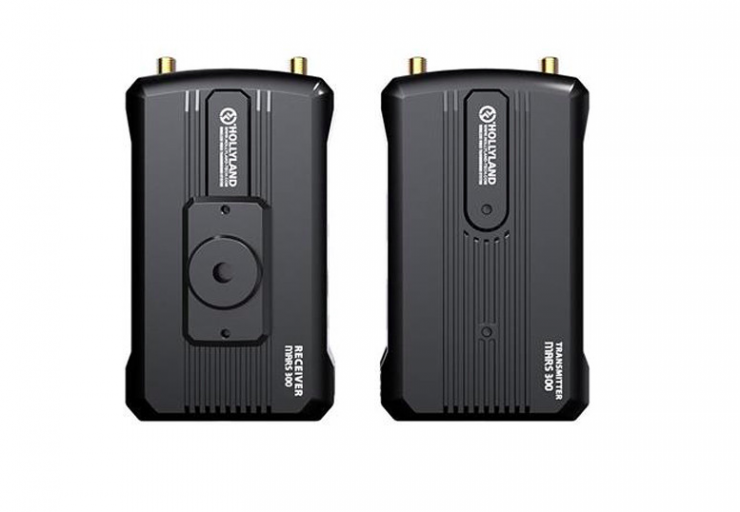
Affordable wireless HD video systems are finally coming to market and 2019 ushered in a few. The Hollyland Mars 300 is a system I reviewed and was pleasantly surprised how well it performed for a $400 system. Yes, you get some latency however, the signal is strong and stays connected.
Being wireless is so liberating and at an affordable price, it makes it easy to acquire as well.
Favorite Camera Support Device
MATT’S PICK: Ergorig
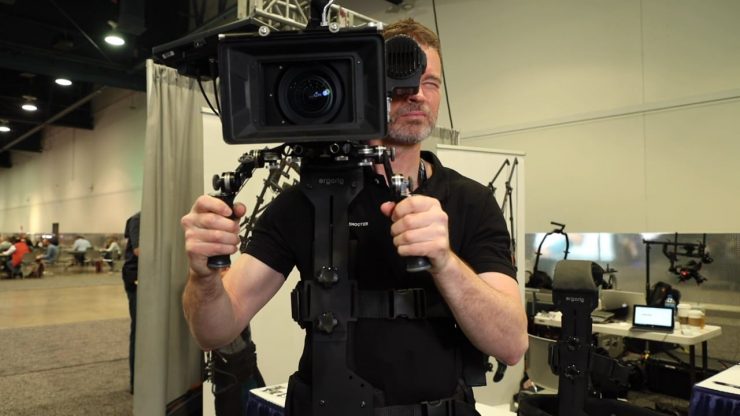
As someone who uses a large and heavy digital cinema camera, having a device that lets me shoulder mount my camera package comfortably for long periods of time is important. The Ergorig may not be high tech, but it works.
Sure, there are devices such as EasyRig, but I like the idea of using a system that still lets me use a camera on the shoulder in a traditional way.
MATT’S HONORABLE MENTION: Miller CiNX Fluid Heads

The CiNX series of fluid heads from Miller certainly punch well above heir weight. They are well made and offer a lot of great features. The CiNX 5 is one the best fluid heads I have used in recent years.
ERIK’S PICK: The ErgoRig
I have to agree with Matt on this one. Saving your body from getting torn up by a large and heavy camera is a real issue in our business. I’ve had shoulder surgery and it takes a long time to come back from it.
The ErgRig distributes the weight of the camera off your shoulder so you don’t end up in the ER after the production wraps. It’s a smart product that I see as a must-have for those long shooting days with heavy rigs.
Favorite Accessory
MATT’S PICK: Intellytech Fast Frame Scrim & Diffuser W/ Honey Comb Grid & Diffusion
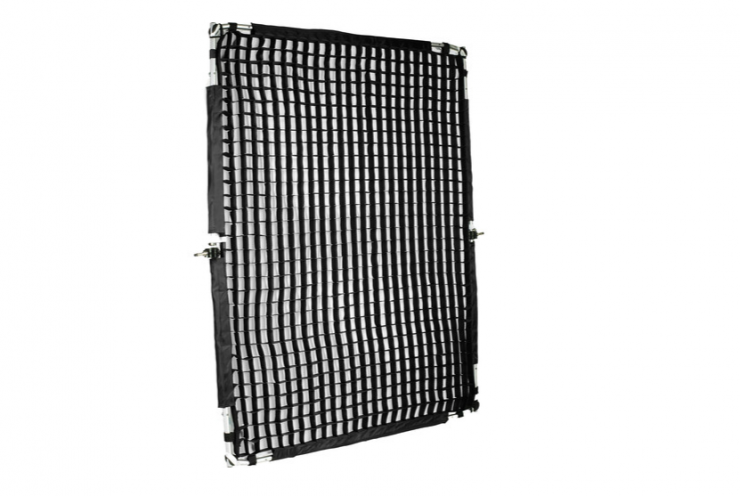
The Intellytech Fast Frame Scrim & Diffuser W/ Honey Comb Grid & Diffusion has been my go-to lighting accessory over the last 3-4 months. It’s super easy to set up and use and that makes it an invaluable product for me.
Being able to construct and then pull down a 5 x 6.5′ (152.5 cm x 198.1cm) diffusion screen that is fully assembled with a honeycomb grid in under a minute saves so much time.
MATT’S HONORABLE MENTION: Bright Tangerine Drumstix Titanium Rods
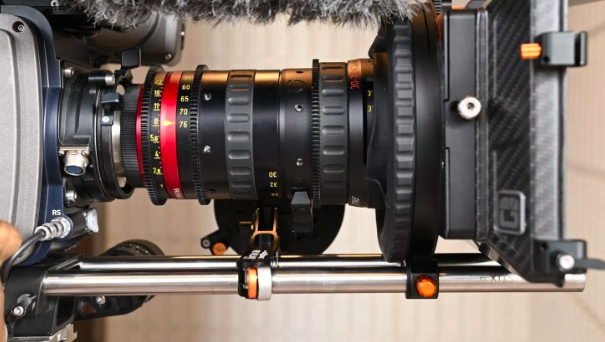
I love products that just do their job and don’t get in the way. Rods are hardly an exciting piece of gear, but the Bright Tangerine Drumstix Titanium Rods are a permanent fixture on my camera. They are super lightweight and strong.
ERIK’S PICK: Aputure 26″ diameter Lantern
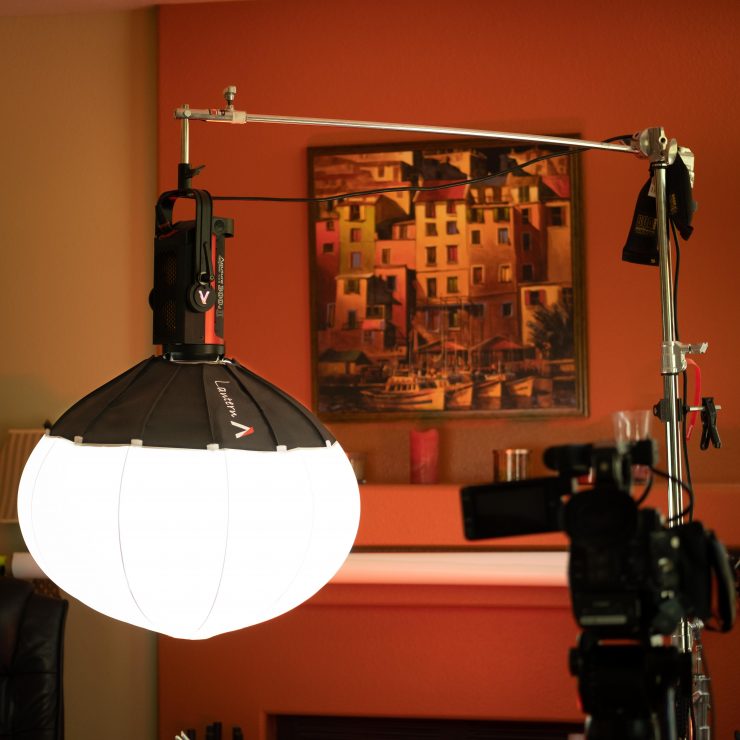
I love using the Aputure Lantern with both the 300d II and 200d II fixtures. If you shoot tabletop it’s a great way to add an over the top light plus for roundtable discussions its a great option. As with all Aputures products the Lantern is priced so well at only $89 US.
At this price, it’s a no brainer to add to your lighting kit. It includes everything you need to mount and control the light with Bowens mount adapter and removable ripstop side panels.
ERIK’S HONORABLE MENTION: C200 LCD Kit For the C300 MKII
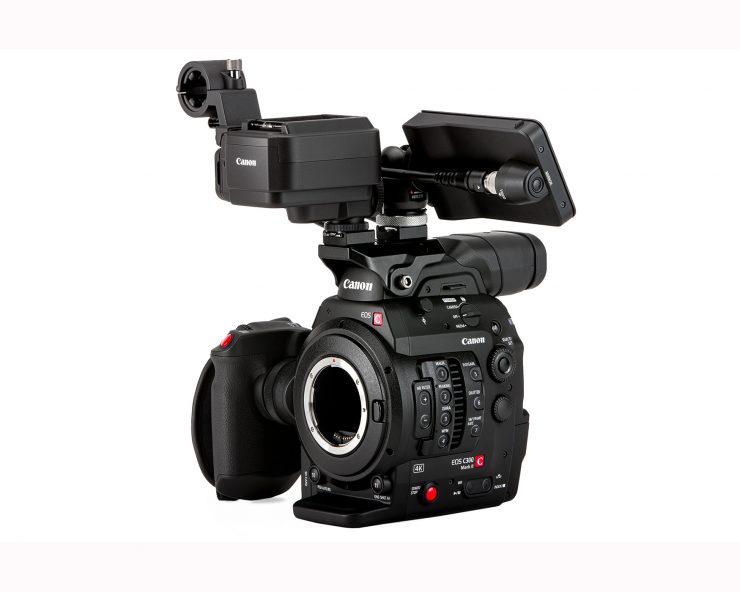
The LCD/Audio module is so frustrating on the C300 MKII. It’s bulky and the cold shoe constantly becomes loose even seconds after you tighten the four tiny screws that hold it in place.
Canon updated the C300 MKII firmware so it can now use the C200 LCD Kit For the C300 MKII. This gives you a touchscreen and a separate audio module making the setup much better. I do wish Canon incorporated the mounting system as well but that’s up to the user. Still, it’s a much-improved user experience for the C300 MKII.
Favorite Audio Product
MATT’S PICK: Sound Devices MixPre II Series
I’ve gone with the Sound Devices MixPre II Series in this category. These compact and robust mixer/recorders have 32-Bit float recording, 142 dB of dynamic range, and internal timecode generators.
MATT’S HONORABLE MENTION: Rode NTG5
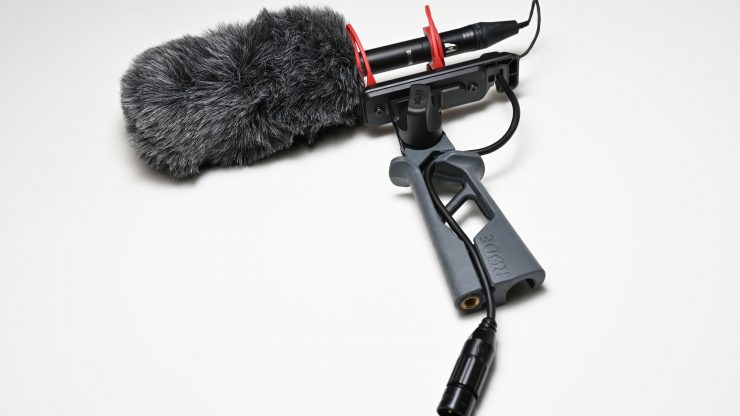
The Rode NTG5 offers good performance without emptying your wallet. There is a lot to like about the NTG5 and I think it will be a popular choice for a lot of owner/operators who are looking for a versatile shotgun microphone.
ERIK’S PICK: RODE WIRELESS GO
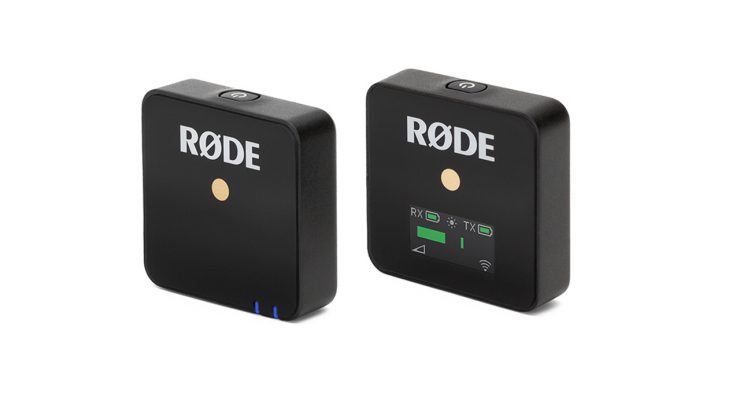
The tiny Rode Wireless Go is not only small but very affordable. At only $199 for the kit, it’s a bargain and also includes a lav microphone. While I don’t see myself clipping the transmitter to my short I do use it as traditional wireless but I use my Sanken COS 11 with it. Yes! If you have the 3.5 connector on the Sanken it works just fine.
At this price, it makes a perfect back up the system too. I like how small and compact the receiver is as well. When attached to a hybrid it stays out of the way. All in all, it’s a very good system for close-range wireless audio capture.
ERIK’S HONORABLE MENTION: RODE RODECaster Pro Studio
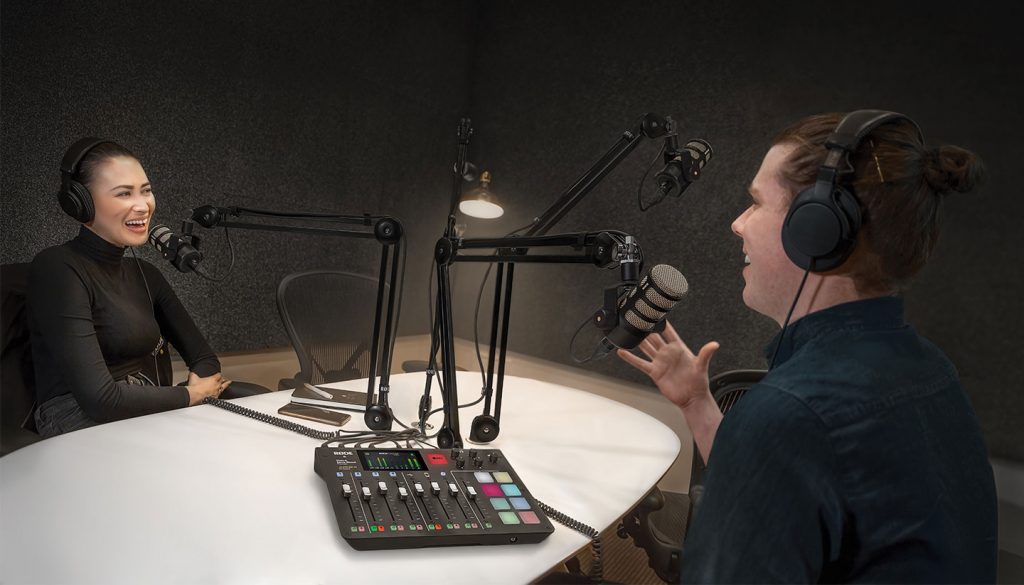
Okay, I’m going to cheat a little here because the RODECaster Pro Studio actually shipped in December but it’s such a cool product and deserves a top pick.
Podcasting has had a new surge in popularity and RODE has made it easy and affordable with the $599.00 RODECaster Pro Studio. Just add a couple of microphones and produce a podcast with impressive pro-level controls.
This reminds me that Newsshooter needs to nab one of these and get a podcast going right?
Favorite Lens (under $2,500 USD)
MATT’S PICK: Panasonic Leica DG Vario-Summilux 10-25mm F1.7 ASPH
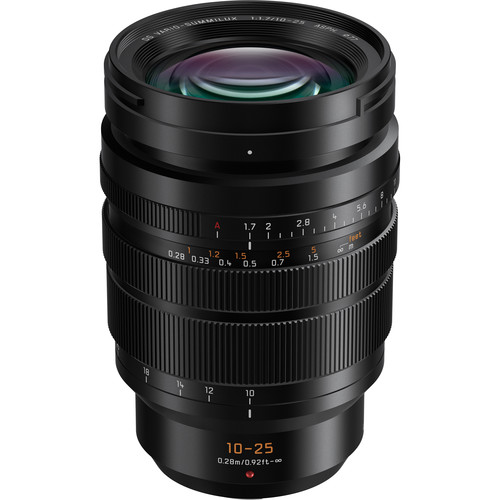
In a world where everyone is going full-frame and larger, I still think there is a place for M4/3. The Panasonic Leica DG Vario-Summilux 10-25mm F1.7 ASPH is not only fast, but it also offers very good image performance. It’s more like a variable prime than a zoom.
MATT’S HONORABLE MENTION: NOKTON Vintage Line 75mm F1.5 Aspherical VM
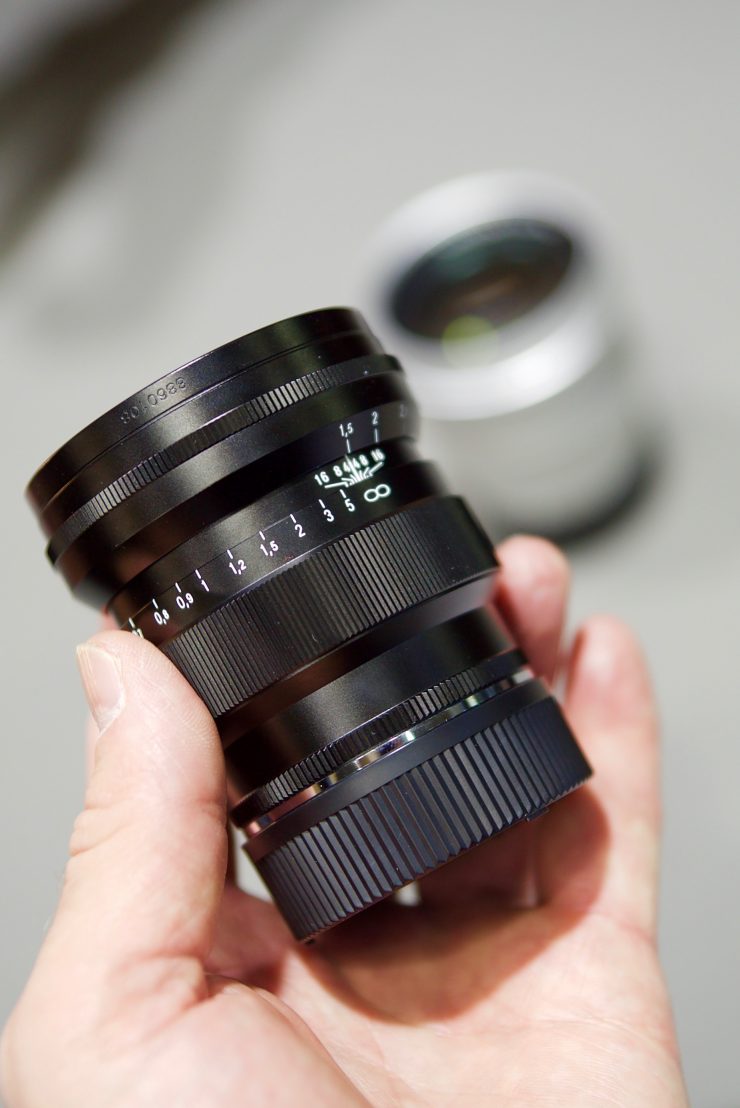
The NOKTON Vintage Line 75mm F1.5 Aspherical VM has a unique look and it balances the vintage look with modern-day optics really well. While being far from optically perfect it is well made, compact and beautiful to use.
ERIK’S PICK: Fujifilm XF 16-80mm f/4 R OIS WR Lens
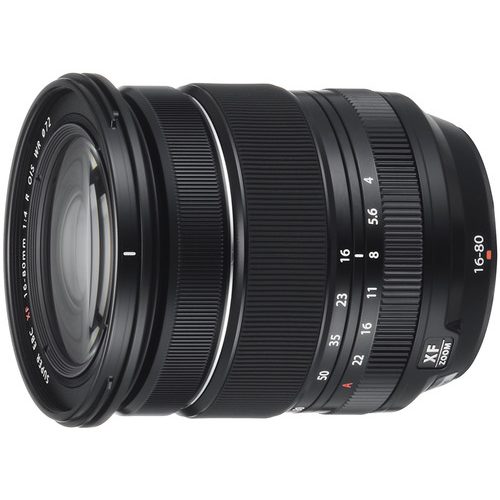
It’s a bit of a love-hate relationship I’m having with the XF 16-80mm f/4 R OIS WR Lens. It’s a perfect walk-around lens with its size and weight however when shooting video or stills it has a strange focus issue when changing focal lengths making it difficult to use for event video or photojournalism when you need to pop in to get the shot and the lens is so out of focus it takes a second for AF to focus. In manual focus, it’s worse.
On the other hand for product shooting, it’s perfection with a very good range and close focus ability of 1.15′ / 35 cm. If Fujifilm can fix the focus issue when changing focal lengths it’s a hands-down winner! Don’t get me wrong. Outside of event photography, the lens is fantastic. and I will continue to use it even though it drives me nuts.
Favorite Lens (over $2,500 USD)
MATT’S PICK: Tokina Vista ONE & TM Camera Solutions MasterBuilt Vista M
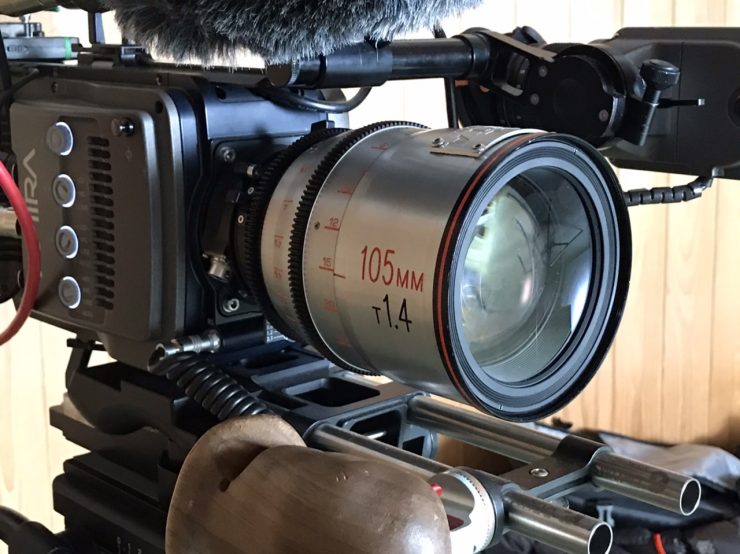
I couldn’t split these two, so I have caved in and chosen both sets of these lenses as my favorite lenses (over $2,500 USD). The lens sets cover larger than VistaVision sensors, and they have beautiful out of focus characteristics and fall off.
Both sets are sharp even when used open and they are all focal lengths are T1.5/T1.4.
I got the chance to use both sets of these lenses on projects this year and they both impressed me. For the price, they punch well above their weight.
MATT’S HONORABLE MENTION: Fujinon Premista 28-100mm T2.9
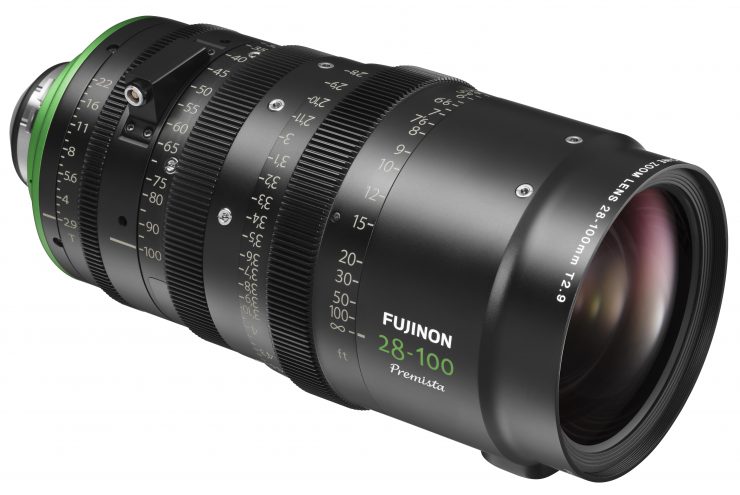
With More and more full-frame and larger cameras appearing on the market, there is a real shortage of proper cinema zooms that are available. The Fujinon Premista 28-100mm T2.9 covers a large 46.3mm image circle and it is reasonably priced (I use that term loosely!). Along with the yet to be released 80-250mm T2.9-3, this will offer cinematographers a lot of coverage from two moderately sized lenses.
ERIK’S PICK: Tokina 50-135mm T2.9 Mark II Cinema ATX Lens
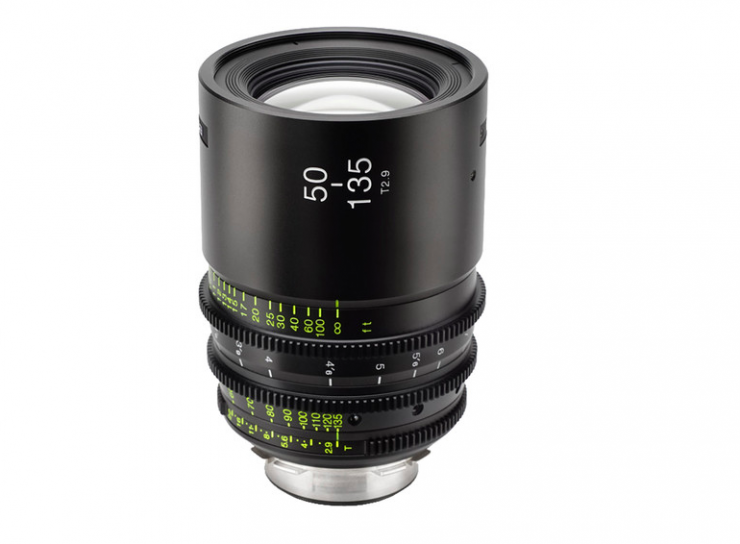
The S35 parfocal Tokina 50-135mm T2.9 Mark II Cinema ATX Lens is version two and the improvements are really great. The original is bulky, and not as refined, although the optics are the same in the MKII the housing is completely updated with much better mechanics and a slimmer body. I love the range and now it’s sleeker with a very nice feel. At $3,499 I think it’s a bargain.
ERIK’S HONORABLE MENTION: MFT Vazen 40mm T2 Anamorphic Lens
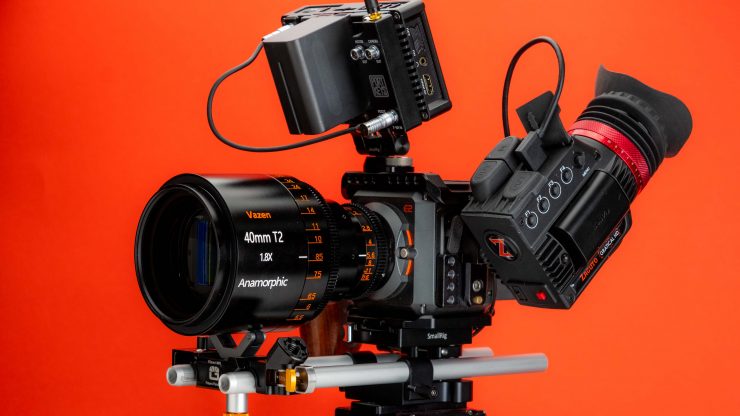
Anamorphic lenses are all the rage these days and now Micro Four Third shooters have a 1.8X option to mount on their cameras. The Vazen 40mm T2 Anamorphic is the first of three lenses that Vazen is releasing. The image is pretty good but like most Anamorphic lenses the flaws are part of the look.
Affordable and Anamorphic are two words seldom used together, however, at $3,250.00 it’s not cheap by any means but compared to other options like the $8995 Atlas Lens Co Orion they are a steal. Of course, you have to be using an MFT camera to reap those price benefits.
Favorite Software
MATT’S PICK: Kyno 1.6
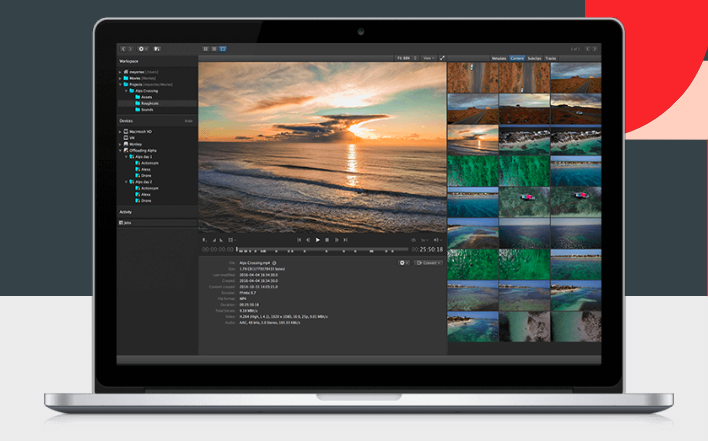
In my opinion, Kyno is one of the best pieces of filmmaking software on the market. There is nothing else quite like it, and version 1.6 added
- Checksum verified copying and backup of native camera media files
- Frame.io integration
- RED RAW R3D Support
- HEVC (H.265) rewrapping to QuickTime .MOV files
- Metadata Export and Import
- Paste and Rename to simplify batch copy operations
- Other workflow enhancements
MATT’S HONORABLE MENTION: DaVinci Resolve 16.1.2
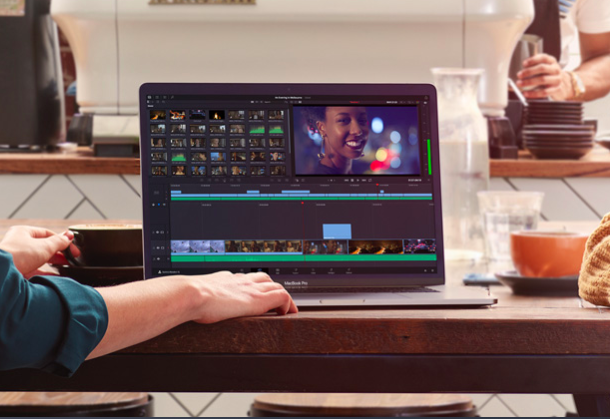
It’s hard not to pick a fully-fledged, industry-standard color grading application that is is free (at least for the basic version).
DaVinci Resolve continues to evolve and improve with every release.
ERIK’S PICK: MOTIONVFX
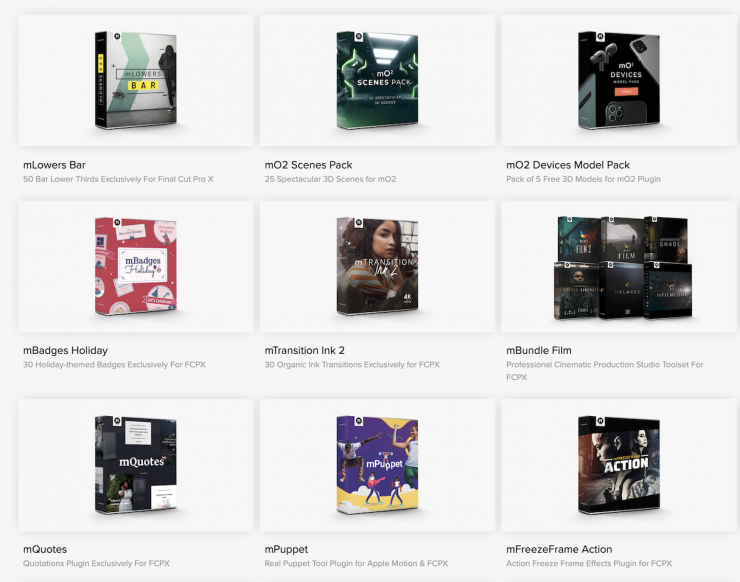
These guys make you look good. Every year they introduce new graphic looks that are very easy to use and they look very nice. If you don’t want to create opens, L3’s or titles from scratch MotionVFX has you covered with clean modern-looking graphics.
Favorite Filmmaking App
MATT’S PICK: CineGizmo CineControl & CineTakes for ARRI cameras
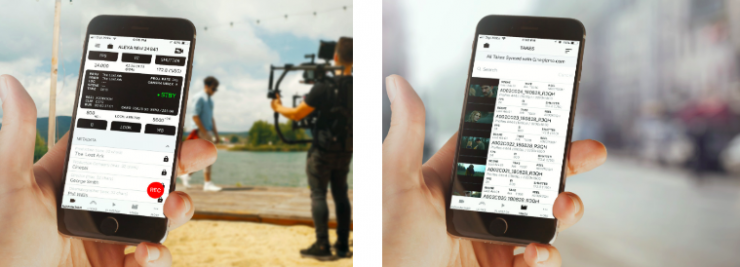
These are great apps if you own or use ARRI cameras. The CineGizmo solutions integrate directly with professional ARRI workflows. This allows productions to set up their project metadata in prep, control their cameras on set, rate, edit and sync data from takes for the Director, DOP, DIT and post-production team to review it on set or in post.
MATT’S HONORABLE MENTION: Cadrage Director’s Viewfinder Update
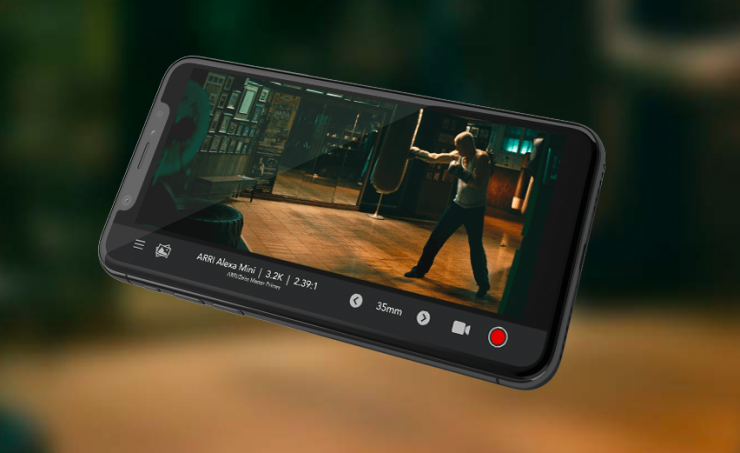
This is an older app that recently underwent a major refresh. If you aren’t familiar with the app, it allows you to line up your shots with precise framing previews of any professional camera/lens combination and make sure everybody is on the same page during preproduction and onset.
I use this app a lot in pre-production so I can work out what lenses will work for certain shots. It saves me a lot of time.
ERIK’S PICK: Bluetooth+ for Blackmagic Ver 1.3.2
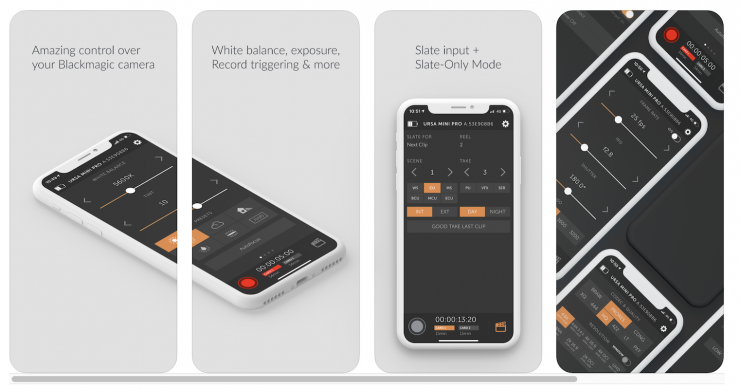
This app controls the Pocket cameras as well as the URSA Mini’s and it works very well. Blackmagic Design has a free app but it’s not as full-featured as this one. For only $4.99 it’s a no brainer if you need camera control from an app.
So there you have it, there is Matt and Erik’s favorite products of 2019. Again, these are very much personal choices and not products of the year. Please let us know what your favorite products of 2019 were in the comments section below.
Happy holidays to all our readers and their families.
Like what we do and want to support Newsshooter? Consider becoming a Patreon supporter and help us to continue being the best source of news and reviews for professional tools for the independent filmmaker.






